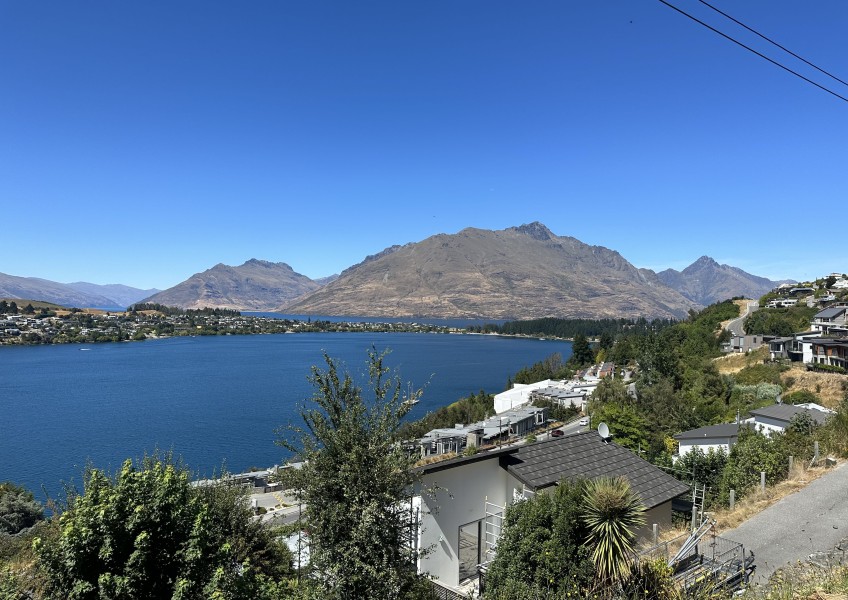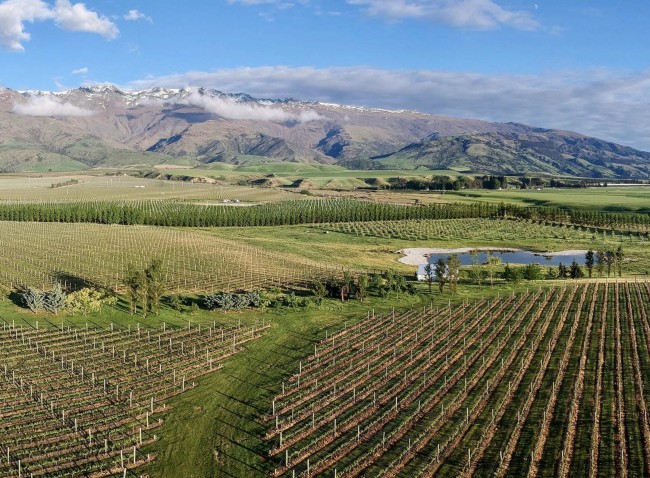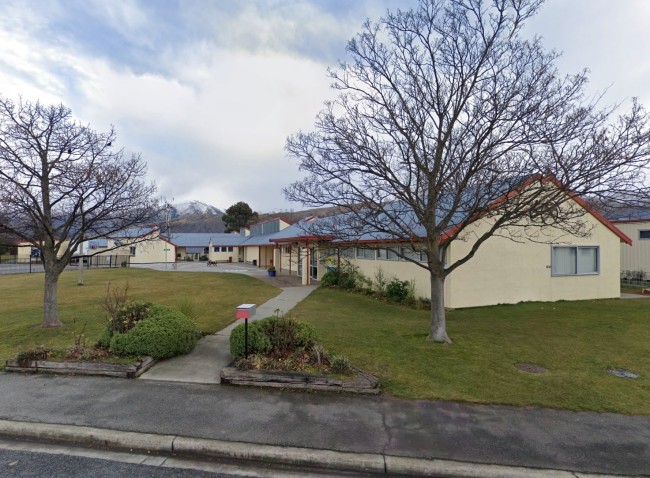
Higher, denser, smaller: QLDC to consider urban intensification
Queenstown Lakes councillors are set to consider whether or not to push forward with a variation to the proposed district plan to allow for intensification of development at locations that are deemed to suit it.
The suggested changes will enable more housing, built higher, on smaller land lots along existing or planned active or public transport routes where there is a demand for more housing – and, when it comes to the Queenstown Lakes, there is little question the demand exists.
The changes are in part a response to central government-imposed housing intensification rules aimed at reducing urban sprawl and to cater to an ever-growing population.
The Queenstown Lakes District Council is specified as a tier two local authority under the National Policy Statement on Urban Development and, as such, there are expectations on the council to plan for growth in a particular way.
But, there is a precedent for not toeing the line. Towards the end of last year, then elected members of the Christchurch City Council voted to reject the Wellington-led intensification rules for their city.
However, in a report to councillors in preparation for their decision at Thursday’s full council meeting, council senior policy planner Elias Matthee says the national policy statement is particularly relevant locally.
“The district is experiencing considerable growth pressure as well as a high demand for housing and a shortfall of housing in lower price bands.”
The proposed variation aims to ensure that the council’s Proposed District Plan aligns with the national directive, he tells councillors.
But, the situation in the district is nuanced – there is already predicted to be enough land unlocked to cater for housing demand, but the problem is the demand for more affordable housing, which is not being met.
Mr Matthee says developments are needed that will realise housing options below $500,000.
Unless the council intervenes, the housing squeeze for those with less purchasing power is predicted to get worse, not better.
Mr Matthee’s analysis suggests the proposed variation being considered by councillors on Thursday will enable developments that will provide greater housing choices - think smaller, more affordable homes.
“Allowing for increased densities in the existing urban environment will enable the development of smaller and attached housing typologies, which typically have a smaller land area,” he says.
So, where is the council proposing to change its zoning maps?
Well, changes are proposed around the Queenstown town centre, along Frankton Road and within Frankton, where Lower Density Suburban Residential (LDSR) or Medium Density Residential (MDR) zoned land will up intensity to High Density Residential (HDR) or MDR.
Changes are also proposed to land around the Wānaka town centre and the Three Parks area, where land currently zoned LDSR will up intensity to MDR.
The proposed new zoning maps are available as attachments to Thursday's council meeting agenda here.
In a written statement today, council planning and development general manager David Wallace says the council's current planning system "has limited ability to enable the range of homes people want or need".
“We continue to face considerable growth pressure and high demand for a range of housing types in the district.
“Council has a directive to ensure our urban environments are well-functioning and meet the changing needs of our communities. This variation would enable intensification of our existing urban environments and a diverse range of housing types in suitable locations to provide more choice for our communities.”
He acknowledges intensification may be met with apprehension by many in the community, especially when considering the "stunning landscapes" the district is renowned for, and he seeks to reassure them.
"Provisions are included in the variation to ensure appropriate residential amenity is maintained within intensification areas, that any proposed development could be appropriately serviced, and stormwater runoff addressed," he says.
The proposed variations are not a curveball move by the council - its current Spatial Plan, adopted in 2021 after extensive consultation, favours urban growth in locations with good access to facilities, jobs and public transport.
However councillors are being warned if they do give green light, there is the potential for the changes to create an additional burden on ratepayers as they are flagged to be challenged by opponents, potentially in the Environment Court.
"The appeals process will have time and cost implications for the council but is a usual and anticipated step in reviewing the district plan," the report says.
Plus, it may be years before the perceived benefits of the proposed variations are able to be realised, it says.
If endorsed by elected members, the proposed plan variation will be notified in mid July and then open for public submissions.
Last year, after her council's contentious no-vote on intensification rules, then Christchurch Mayor Lianne Dalziel, in an editorial in local media, said it was her view a "collaborative partnership between local and central government would produce better outcomes than a blunt, one-size-fits-all, legislative approach".






























